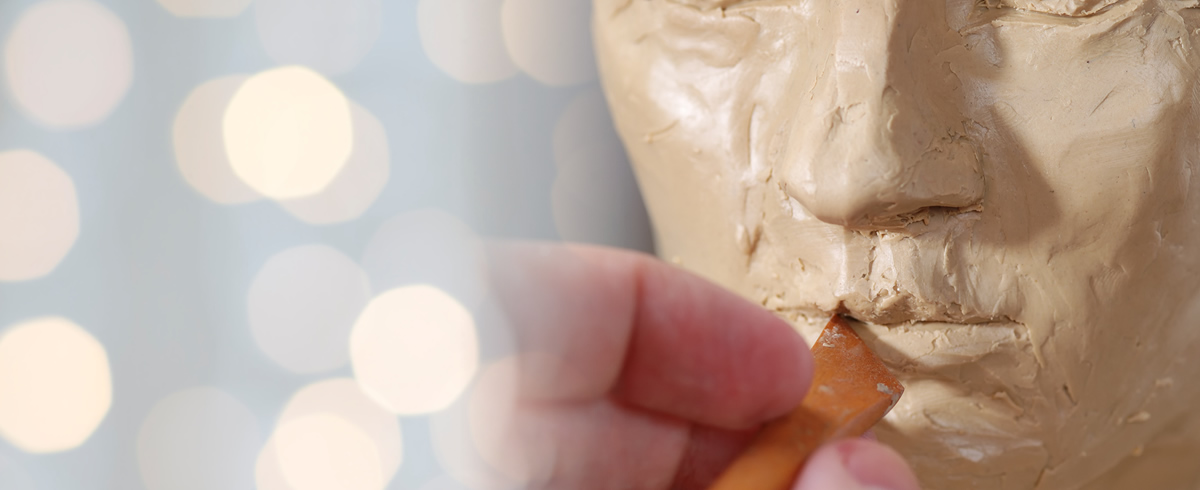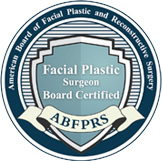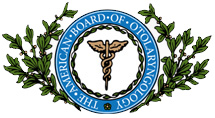

Double board-certified and fellowship-trained facial plastic and reconstructive surgeon/head and neck surgeon

Dr. Hohuan specializes in surgical rejuvenation of the aging face and neck.

Double board-certified and fellowship-trained facial plastic and reconstructive surgeon/head and neck surgeon

Patients who desire the optimal cosmetic result come to see Dr. Hohuan at least one week prior to the Mohs procedure
I am a double board-certified and fellowship-trained facial plastic and reconstructive surgeon/head and neck surgeon. My mission is to provide you with comprehensive medical care within the face, head, and neck. My hope is to deliver the highest level of compassionate, technically-advanced, and aesthetic surgical and reconstructive services to you and your loved ones. I have had the privilege of training with some of the finest head and neck surgeons and plastic surgeons in the world. My promise is to approach every patient as if they were my very own, and to bring this high level of care to you.







